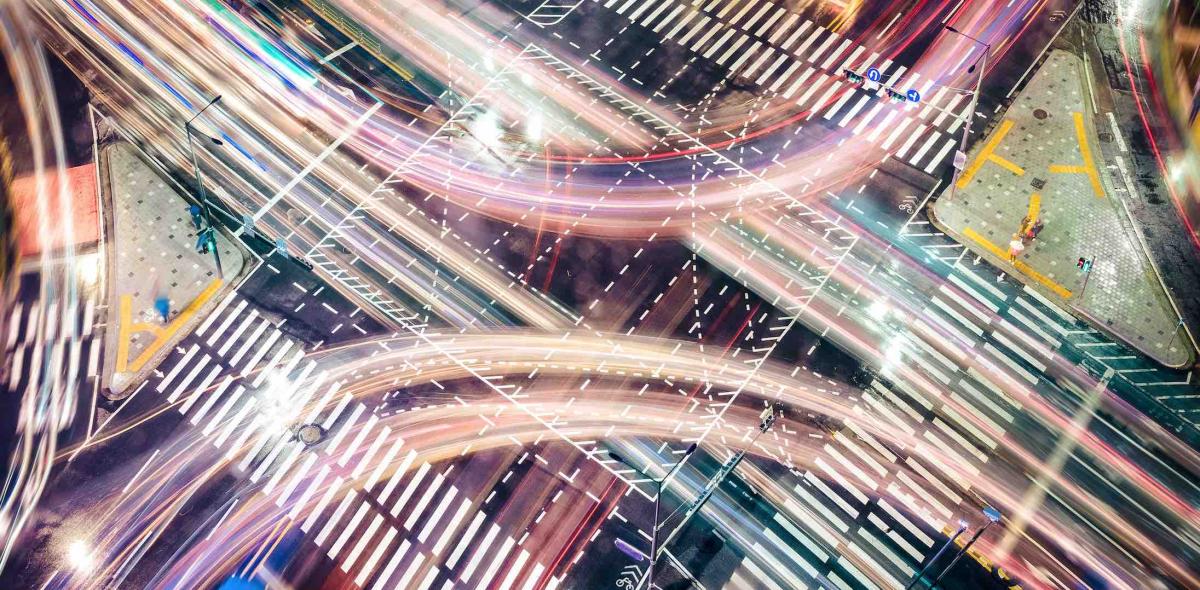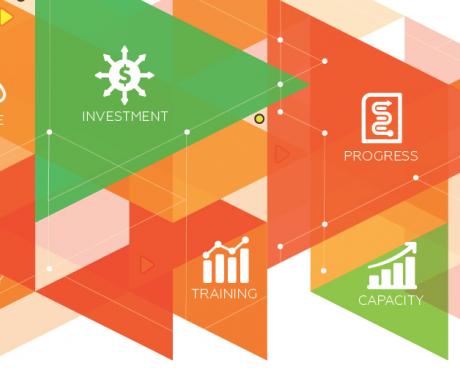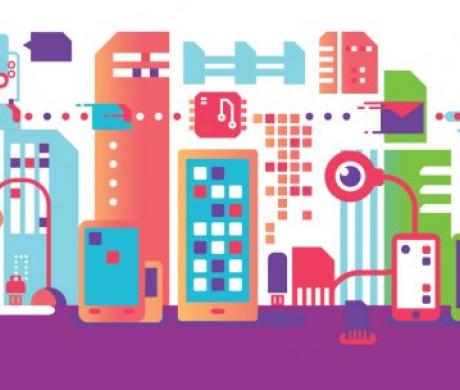The Future City
Steve Brown is CEO of Possibility and Purpose LLC and BaldFuturist.com. He can be reached at steve@baldfuturist.com.
People like living in cities. Globally, 1.3 million people move into cities each week. That’s roughly the population of San Diego moving from rural areas into cities every seven days between now and 2050, when 68 percent of the global population will live in cities.
People reside in cities for many reasons: to have access to a wide range of services, to live in a dynamic community with richer cultural experiences — and economic opportunity.
New Technologies Offer Tools for Today and Tomorrow
On the city side of this equation, city managers and city leaders have a lot on their plates. They need to ensure public health and safety, empower their residents and keep everything moving — people, goods, services, water, waste and the local economy. It’s a mighty challenge. A range of new technologies will offer tools that can help.
“You can’t manage what you don’t measure” is a business principle attributed to management expert Peter Drucker. To manage the complex set of activities that keep a city humming, city managers need to get “eyes” on their community. Enterprise software giant SAP estimates that by 2030, the world will be filled with over 100 trillion sensors. Simple sensors can measure temperature, moisture, air quality and so on. More complex sensors employ artificial intelligence (AI) to “see” more; for example, a smart camera uses AI to count vehicles in traffic, spot potential criminal activity or log open parking spaces. Tech experts estimate that by 2020, the world’s cities will have over 1 billion cameras. The only practical way to review that much video and extract useful insights is to use AI.
Sensors build a bridge between the physical world that we all inhabit and the ever-increasing capability of the digital world. Such sensors enable digital intelligence to understand what is happening in our cities and to take automated actions to optimize flow or resolve issues — or to alert managers that they may need to take action. For example, a smart sensor can listen to the sounds and vibrations of heavy equipment and alert public works staff when the sound changes in a way that indicates that preventive maintenance is warranted.
The next generation of cellular networks, known as 5G (for fifth generation), will roll out over the next five years with most California cities being connected before 2021 or so. These new networks will make internet connection speeds between 10 and 100 times faster. They will also enable a spectrum of new applications for cities, because 5G networks are designed to be far more scalable than previous 4G networks and some versions can run on much less power. This will make it possible to connect almost any piece of infrastructure or any sensor to the internet.
5G networks will connect with parking meters, garbage cans, traffic cameras and much more. Connected parking meters offer the lure of variable pricing to help cities boost revenues. Connected trash cans are already in trials in cities throughout the United States. Companies are now manufacturing connected waste compactors that automatically send alerts when they are full. Some of these trash cans bristle with technology. At least one company offers to install its trash cans at no cost to cities in return for advertising revenue from digital displays mounted on the side of the trash can. The trash cans also display public service announcements, amber alerts and other messages from the city. Some models include cameras and microphones. If the trash can “hears” a gunshot, all the cameras on the trash cans in the vicinity start recording automatically as an aid to local law enforcement.
Smart traffic signals use sensors to understand and optimize traffic flow. Tests in Pittsburgh, Pennsylvania, and Bellevue, Washington, have produced impressive and successful results. In Pittsburgh, sensors reduced idle time waiting at a traffic light by 40 percent; this reduced emissions by 21 percent and cut travel times by 25 percent. The use of sensors reduced travel times during Bellevue’s rush hour commute by up to 43 percent. A report from the McKinsey Global Institute suggests that smart traffic signals can cut emergency response times by 20 to 35 percent.
With 30 percent of in-city traffic estimated to be people circling to look for parking, the ability to guide drivers to open, bookable parking spots may help to alleviate downtown traffic congestion. Parking sensors can be ultrasonic sensors mounted on the ground, pole-mounted smart cameras or sensors mounted on autonomous vehicles.
The Coming Shift in Transportation
Perhaps the biggest change that technology will bring to cities in the coming decades is the shift to autonomous transportation systems. At the end of the 19th century, the transition from horse and carriage to the horseless carriage began. That shift was monumental. It transformed human mobility and shaped our cities. We will soon make another major transition in human mobility — to the horseless, driverless carriage. In this scenario, a vehicle shifts from being primarily a hardware product that you own to a predominantly software- focused item that you use as a service; think Uber or Lyft without the human driver.
Autonomous vehicles will reshape American cities just as the motor car did in the 20th century. By 2040, the majority of vehicles on the road will be autonomous and electric. Recharging will be done at out-of-town central depots. Street corner gas stations and the small convenience stores they support may become a thing of the past. We may need fewer Department of Motor Vehicle offices and parking structures and less on-street parking. Less parking means more drop-off and pick-up zones will be needed. Cities will need to plan for these transition zones if they want to avoid the kind of congestion that already occurs in the ride-share areas of busy airports.
Human error causes approximately 93 percent of car accidents. Globally, 1.25 million people are killed in car accidents each year — almost half of them pedestrians. That’s one person every 25 seconds. Autonomous vehicles may reduce accidents and also increase access to transportation. Cars will be available to people who are too young, too old or otherwise unable to drive, and at rates that are far lower than a typical ride-share vehicle today.
Autonomous delivery systems from online retail companies aim to put small delivery robots onto our sidewalks. Cities that are already grappling with the scooter scourge will also need to address the issues associated with networks of ground-based delivery robots, which will likely be followed quickly by airborne delivery drones.
The Path Forward
Technology has always shaped our cities, and that process will only continue and accelerate. City managers and staff will soon use an array of tech-based tools to optimize operations, connect residents to new information and services, repair infrastructure and reimagine transportation. It’s an exciting time. And technologies such as sensors, artificial intelligence and more will be new colors in the palettes of innovative city managers as they paint bold plans for the future of California cities.
This article appears in the June 2019 issue of Western City
Did you like what you read here? Subscribe to Western City




